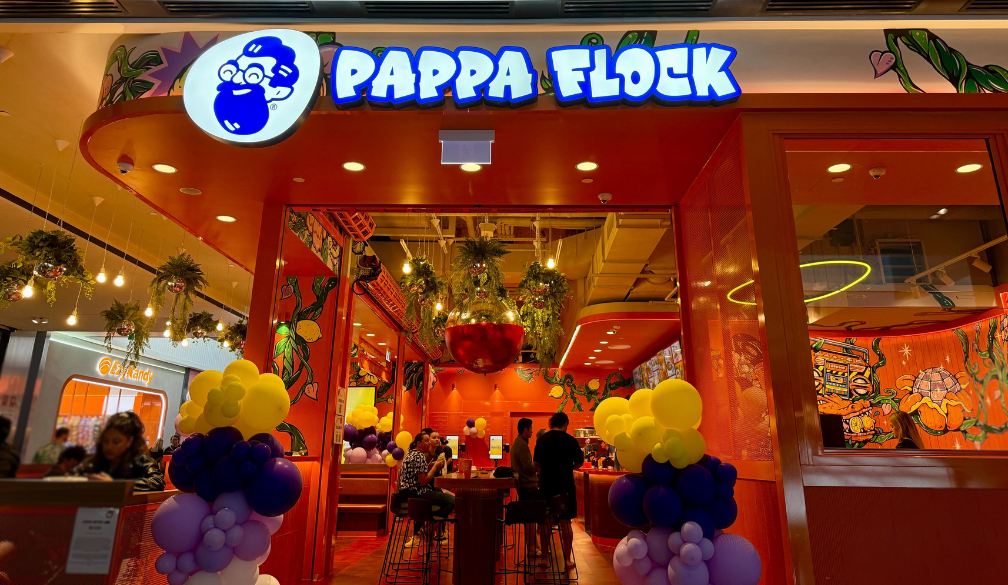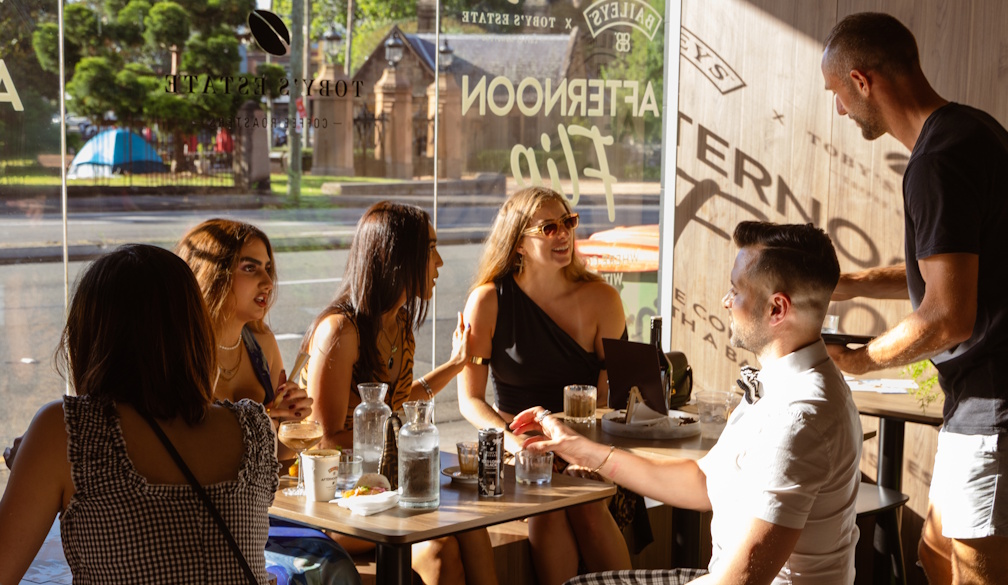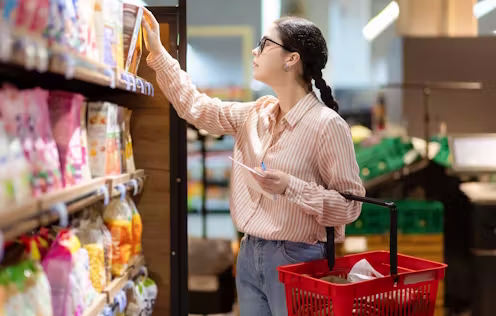450 people queue for first taste of Pappa Flock’s crispy chicken as first restaurant opens in Queensland
- Written by The Times

Queenslanders turned out in flocks for the opening of Pappa Flock's first Queensland restaurant, with 450 people lining up to get their hands on the TikTok famous crispy crunchy chicken tenders.
The highly anticipated opening comes after months of demand from Queensland fans on social media. "Our TikTok and Instagram have been flooded with comments and DMs begging us to come to Queensland," said Rachel Korbel, Chief Marketing Officer at Pappa Flock. "The wait is finally over, and we're so excited to be here."
The Chermside restaurant marks a significant milestone for the Aussie-owned company—it's their tenth and largest location to date, creating 60 new jobs for the community. The local crew is ready to deliver the full Pappa Flock experience, serving the full menu including the viral crispy crunchy chicken tenders, Flock Boxes, handcrafted sandwiches, loaded wraps and the iconic house-made lemonade.
Korbel continued: "The turnout today was incredible - Chermside is our biggest store, and biggest opening yet! We’re a proudly Aussie business that started with humble beginnings in Sydney, and we're so stoked to bring our take on American-style flavour to Brisbane’s thriving food scene. This is our tenth store, and the energy is bigger than ever.”
Eddie Cofie, Head Chef at Pappa Flock explains it’s the hands-on approach that truly sets Pappa Flock apart: “We’re in the kitchen every morning hand-breading each free-range chicken tender for that signature crunch and squeezing 2,500 lemons each day [per store] for our iconic lemonade."
“We took that classic American-style chicken and crafted it for the Aussie palete with a crispier crunch. But for me, the real heart is our buttered toast. It’s my mum’s homemade recipe that I grew up with, and have since taught my kids how to make it. To see my family's recipe now served across ten locations in Australia… It's a feeling I can’t describe. It’s more than food, it’s my heritage, and it means the world to share it.”
Pappa Flock is now open at Level 2, Westfield Chermside, Gympie Road, Chermside QLD 4032





















